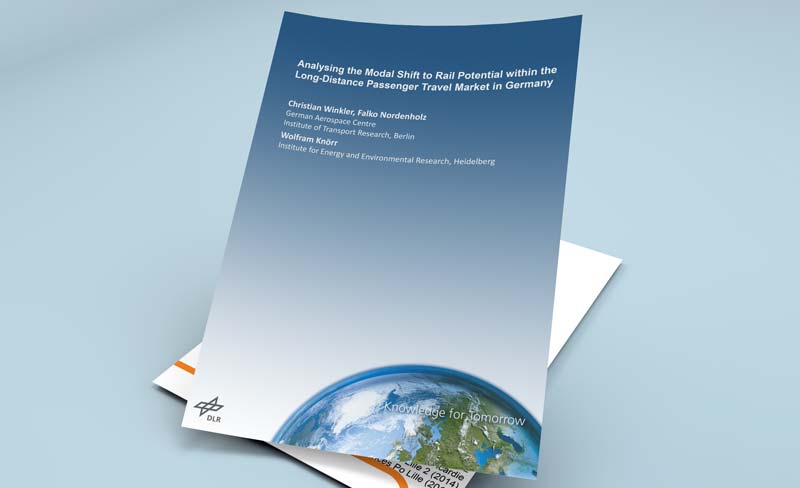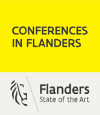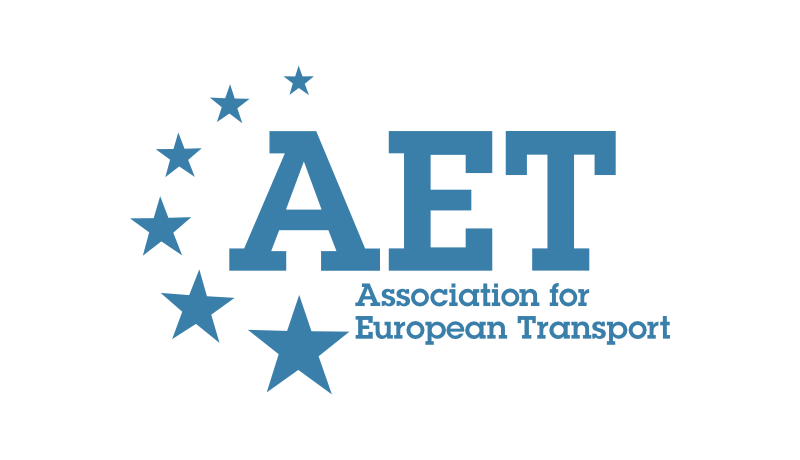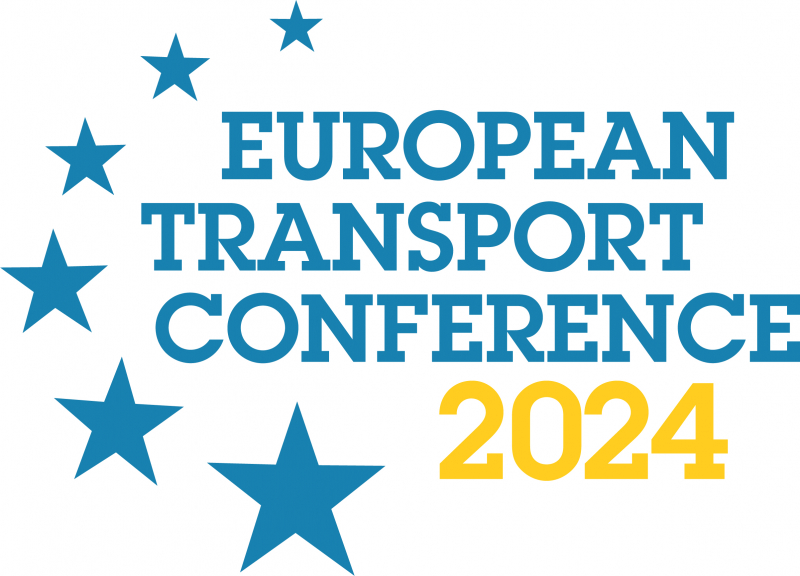-
Past ETC Papers

Browse, search and view papers from the past AET Conferences.
ETC Conference Papers 2024 For registered conference attendees
-
Members' Area

AET promotes networking and exchange of ideas, information and opportunities amongst members.
Conference Papers 2018
Dublin, Ireland
ETC Conference Papers 2018
The Balkan Section of the Orient/East-Med Corridor: Problems and Potentials
Seminar
Day 2 (11 Oct 2018), Session 6, TEN-T extension to South-East Europe, 14:00 - 15:30
Status
Accepted, documents submitted
Submitted by / Abstract owner
Mathias Niedermaier
Authors
Mathias Niedermaier, Ana Peric, Bernd Scholl
Short abstract
This paper offers an overview on the current state of the transport infrastructure as well as ongoing upgrading measures along the Orient/East-Med Corridor. The focus is on railway development in the Balkan corridor section.
Abstract
The TEN-T (Trans-European Transport Network) Orient/East-Med Corridor, leading from Hamburg to Athens, is one of the longest and thus the most diversified corridors in Europe – it connects the countries not only with significant differences in technical equipment of the transport infrastructure, but also with various past histories, political backgrounds, and identities. Therefore, bringing the south-eastern states of the corridor closer to their western counterparts is one of the greatest challenges for the territorial cohesion of the European Union (EU). As the TEN-T policy has been always considered a forerunner of balanced European development, recent TEN-T initiatives certainly recognise the need for extending the EU inherence in the Balkan area. Following this line of thought, the paper elucidates the current transport issue in the challenging Balkan region, the one that draws much attention not only of European, but even more of the global stakeholders in the field. More precisely, the article places an emphasis on railway infrastructure as a tool for European integration, since this transport mode has been 1) seen as important to boost non-polluting transportation, 2) extensively developed in recent decades in Germany and Austria, and 3) traditionally dominant transport means in south-eastern corridor sections, though not yet developed to a functional degree in terms of both infrastructure and offer.
The paper is based on the findings from the ongoing ARL (German Academy for Spatial Research and Planning) project “Spatial and Transport Development in European Corridors: The Example of Corridor 22, Hamburg–Athens”. Its territorial scope covers also the non-EU member states, and thus this paper elucidates two routes of the corridor in its Balkan section (i.e. from Hungary to Greece): the one includes Romania and Bulgaria, the other Serbia and Former Yugoslav Republic of Macedonia. Therefore, after presenting the regional differences briefly, in terms of demography, economy and infrastructure along the Orient/East-Med Corridor as a whole, the paper focuses on its Balkan section. The overview contains relevant information on the current state of the transport infrastructure as well as ongoing upgrading measures. More precisely, the overview covers the technical characteristics of the railway infrastructure network observed in the Balkan region. This includes: number of tracks, train speed, signalisation, electrification, etc. The overview is based on the analysis of the EU transport-related policies and documents. Nevertheless, as the Balkan corridor route is highly interesting for global players (i.e. Chinese government), their initiatives and current investments in transport infrastructure are also analysed. Most of the overview focuses on the current problems and bottlenecks notified along the Balkan corridor section. Nevertheless, the basic recommendations on how to improve the existing situation based on the potentials discovered are finally drawn.
Stream
Rail Policy and Planning (European Transport Conference 2018)
Programme committee
Planning for Sustainable Land Use and Transport
Topic
European Infrastructure Development
Documents:

Association For
European Transport
Forester House
Doctors Lane
Henley-in-Arden
Warwickshire, UK
B95 5AW
+44 (0) 15 64 793552
VAT number: 710 1866 64
Conference Supporters & Endorsers




Legal Entity
The Association for European Transport is registered as an Association ('vereniging') with the Chamber of Commerce for Haaglanden in The Netherlands under company number 27170096.
Built on Zenario




